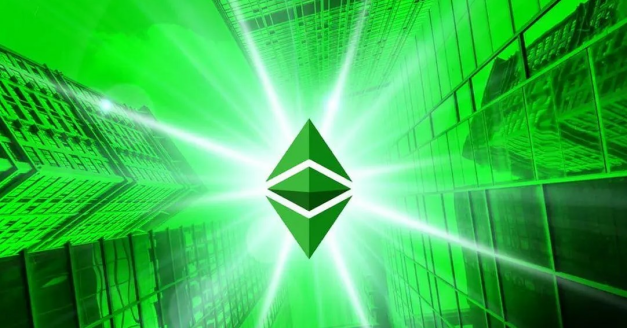 In the current cryptocurrency market, Ethereum Classic (ETC), as an important digital asset, has attracted the attention of many investors and miners. This article will take an in-depth look at ETC mining activities and its commercial potential, and explain why this platform is an attractive option for miners.
In the current cryptocurrency market, Ethereum Classic (ETC), as an important digital asset, has attracted the attention of many investors and miners. This article will take an in-depth look at ETC mining activities and its commercial potential, and explain why this platform is an attractive option for miners.
What is Ethereum Classic (ETC)?
Ethereum Classic is an open platform based on blockchain technology, originally part of Ethereum. Disagreement over certain decisions in Ethereum eventually led to the split between Ethereum and Ethereum Classic. The core concept of ETC is to maintain the decentralization and immutability of the blockchain, and it follows a unique monetary policy.
Basic concept of mining: Mining is the core operating mechanism of the Ethereum Classic network. Miners maintain the security and stability of the blockchain by providing computing power. In the process, miners are rewarded with block rewards and transaction fees, making mining an attractive business activity.
How mining works
In the Ethereum Classic blockchain, miners create new blocks by solving complex mathematical problems. The generation of these blocks is based on the "Proof of Work" (POW) mechanism, which means that miners need to invest a lot of computing resources to complete the task. When miners successfully mine a block, they will receive a certain amount of ETC as a reward.
Business opportunities for mining: Mining ETC is not only a technical activity, but also a potential profit opportunity. The following are several main indicators of mining ETC:
Fixed supply: ETC’s issuance policy is similar to Bitcoin, with the reward for each block gradually decreasing over time. Since 2017, the ETC reward per block is 5 ETC, which decreases by 20% every 5 million blocks. This supply limit makes ETC regarded as "digital gold" and attracts investment from many miners.
Pre-mining: Before the merger of Ethereum and Ethereum Classic in 2015, ETC was pre-mined, with a total of 72,009,990 ETC issued. This initial supply lays the foundation for ETC’s future development.
Block reward: As of now, the total supply of ETC is close to 147.9 million ETC, which includes pre-mining and subsequent block rewards. These rewards not only attract new miners to join, but also promote the continued participation of existing miners.
Mining Risks and Challenges
Despite the potential profit opportunities of mining ETC, miners also face some challenges. First, mining requires a lot of computing resources and electricity, which means miners need to consider the cost of equipment and operating expenses. Secondly, as competition intensifies, mining becomes more difficult, which may affect miners’ profitability.
How to start mining ETC: For miners interested in participating in ETC mining, here are some basic steps:
Choosing a Mining Machine: Choosing the right mining equipment is the key to success. There are a variety of mining rigs available on the market, and miners should choose based on their budget and needs.
Set up mining software: Miners need to download and install mining software suitable for ETC. These software help miners connect to the blockchain network and start mining.
Join a mining pool: For novice miners, joining a mining pool can improve the success rate of mining, because the mining pool pools the computing power of multiple miners together, thereby increasing the chance of mining a block.
Continuous monitoring: Miners should regularly check mining performance and benefits, and adjust strategies in a timely manner based on market conditions.
in conclusion
Mining Ethereum Classic (ETC) is undoubtedly a business opportunity full of potential. As blockchain technology develops and the cryptocurrency market matures, ETC, as a digital asset, will continue to attract the attention of miners and investors. Although there are risks involved in the mining process, with the right strategies and continued efforts, miners still have the opportunity to earn considerable profits in this rapidly changing market.